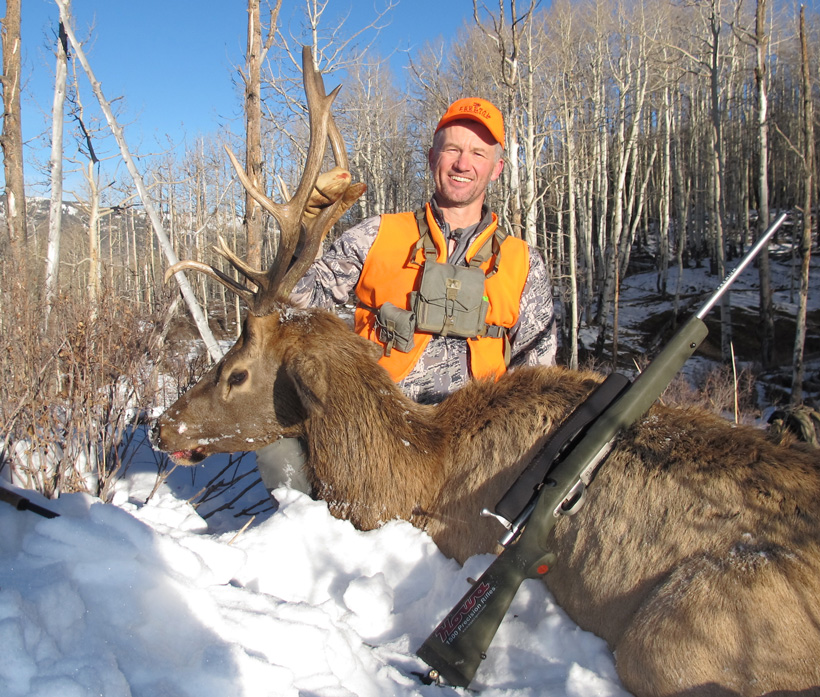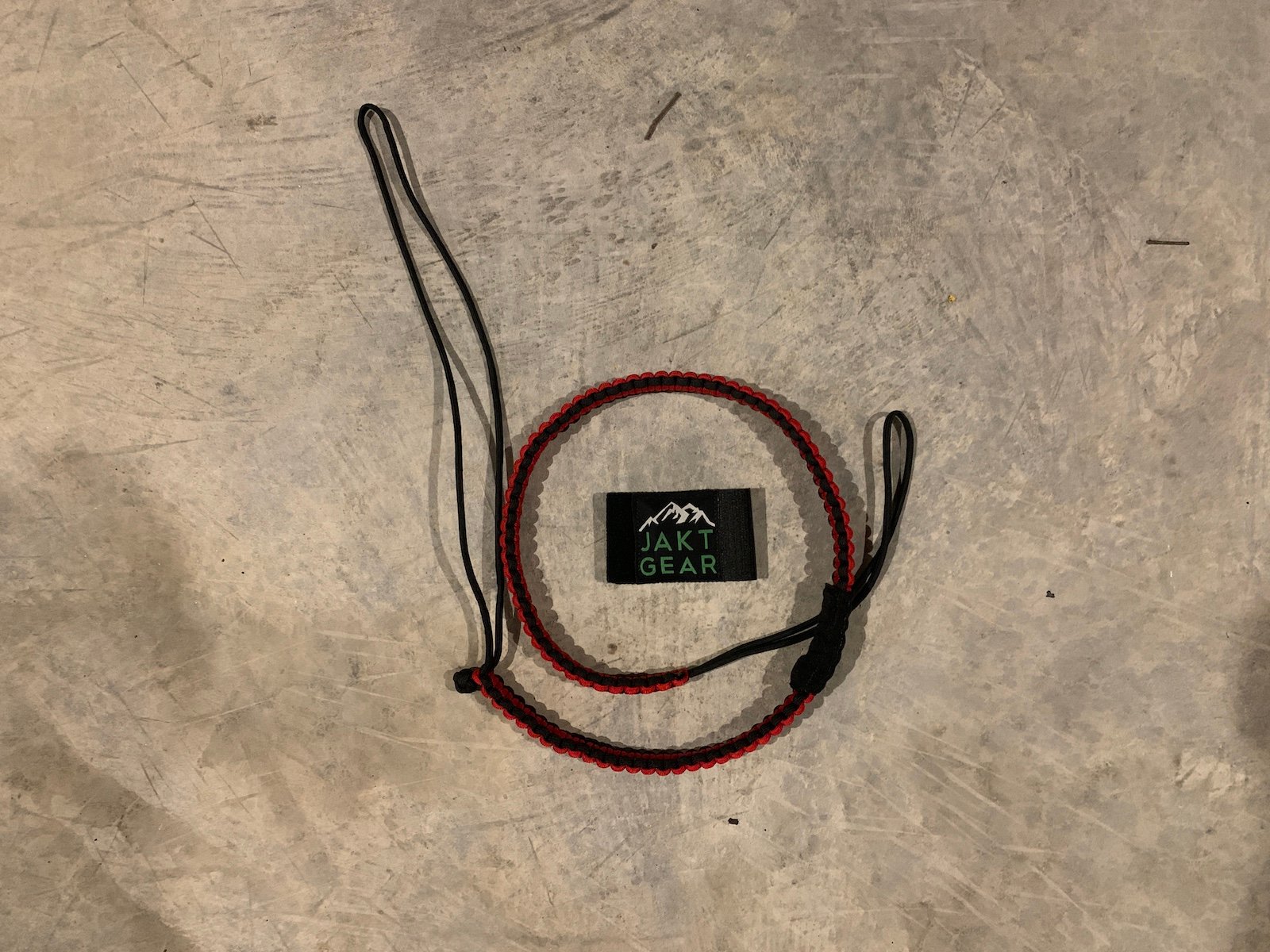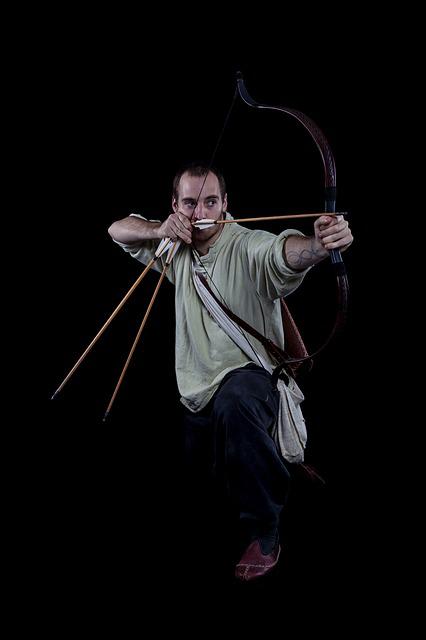
It is not uncommon for many hunters to hang up their axes by late November, but the more serious ones know better. Whitetails become more predictable in winter and are more likely to hunt in smaller areas. It is best to hunt whitetails from mid-December to early January. However, there are also several factors to consider before heading out for a hunt. These are just a few of the many things you should consider. These factors will assist you in making the right choice about a hunting location.
Food sources
There are a number of food sources for deer hunting in the late season. For example, if you're in a region where winter rye isn't yet harvested, you can rely on corn for late season sustenance. This crop contains high carbs that deer need for a healthy winter. Cornfields are not usually picked over by deer, since modern harvesting equipment leaves very little wasted grain. You can also find stands of standing corn, which are also an excellent food source for late season deer.
Survival mode
Deer enter survival mode when they leave the rut. They are now looking for food. They will cluster together in groups near any food sources or nutrients left from harvest. This is a prime time for hunting, so it's a good idea to find a good spot that offers deer food. Good hunting clothes will help you spot deer in a given area. The late-season hunt is also a success if you have good security.

High pressure areas
Hunters should seek out a variety food plots, fields and forests as public land pressure diminishes. These areas are ideal for hunting late in the season as the deer can be fed within the cover. Hunting deer should begin moving their stands closer to food sources once they show signs of movement. Tree stands should be moved from the early season into the late season. Hunters should focus on areas close to food sources when placing them.
High winds
Even though deer may not move at the same speed in the later season, wind can affect their movements. Deer usually move the same in moderate and strong winds. However, deer may concentrate on downwind denseets when the wind is strong. It is a good idea, when hunting conditions are perfect, to move to higher elevations. This will allow you to avoid encountering wind-suppressed Whitetails.
Solar cover
Deer hunting in the late season is best done in areas with plenty of thermal cover. Deer rarely sleep in areas that lack thermal cover, such open hardwoods and mature trees. However, there are some tips you can use to make the most of late season hunting. You should first know the temperature of the area you hunt, and then determine if you can find areas with suitable thermal cover. Alternativly, you could hunt during the hottest part of the season.
Acorns
You should target bucks with acorns if you plan to bowhunt late in the season. Deer will often congregate in wooded areas when food is plentiful, and they will stay where they find acorns to eat. Acorns are rich in fats and starch and deer will not fly high or travel long distances to get them.

Turnips
When it comes to deer hunting in the late fall, a great food plot to plant is one that has plenty of turnips. Turnips provide the nutrients that deer need to survive the long winter. Turnips also mature faster when they are exposed to colder temperatures, which makes them more appealing to deer. Around October through May, turnips are more tender and sweeter.
Radishes
Late-season ruts are when radishes can be used to feed deer. The bright green leaves that winter radish has to offer emerge from moderate snowfalls. The green leaves and bright orange color attract deer, and deer particularly like the taste of radish. These radish varieties are delicious, easy-to-grow, and weed-controlling. According to Quality Whitetails magazine, the National Deer Association recommends planting radish in areas where deer are active.
Cover crops
In order to make your hunting plots more appealing to deer, consider planting high-quality legumes and forbs. These species can complement the natural vegetation of your hunting plots. They can also be cultivated with oats and winter wheat. These crops can provide deer with a rich and nutritious food source in winter and late fall, and also supplement their natural diets. Those who are into gardening can try planting the Brassica genus, which will provide a nutritious source of energy during the colder months.
FAQ
How many deer-hunters are there in the U.S.
The United States has more than 20,000,000 deer hunters. This figure includes both professional and recreational hunters.
How much does it cost for you to hunt?
A hunting trip costs different depending on where you live and what kind of wildlife you want to hunt.
A two-person hunting party costs between $500 and $1,000 on average. This includes accommodation, food as well as equipment, licenses and gas.
There are some areas that charge more than others. Expect to pay more if hunting during peak seasons like the fall turkey season.
Where can I get a gun?
Gun shops are found all over the nation. You can find everything from basic starter guns to expensive, high-end weapons.
Some gun shops specialize in selling firearms. Many gun shops have knowledgeable staff who can help you select the right gun for you.
We have a guide for handgun buyers.
Which state has the largest number of deer-hunters?
Wyoming is the state with the highest number of deer hunters. It also sells the most hunting licenses annually.
South Dakota is the state with the most deer hunters. It is ranked third for the annual number of hunting permits sold.
New Hampshire is the state that has the lowest number deer hunters. It ranks last for the number of hunting permits per capita.
What does it cost to become an hunter?
Hunting can be expensive depending on where you live.
You may not need to pay much to gain access to public lands in some areas.
Some states require you to have a permit or license before you are allowed to hunt.
Hunting costs vary depending on what type of firearm you choose. A rifle typically costs more than an average shotgun.
A license costs between $10 and $50. You might need to buy additional tags depending upon how many hunt days you want.
You will need a permit in order to hunt certain species. The amount of money you need to buy depends on the size of the animal you intend to kill.
For wild turkey hunting, you'll need to purchase a $150 tag.
Is it legal to hunt bears in Alaska?
Yes, you can hunt bears in Alaska. To capture bears, some hunters use traps. Other hunters use dogs to find bears.
The Alaska Board of Game regulates bear hunter. Hunters must obtain a bear tag before they go out into the woods.
Denali National Park Preserve has a lot of bear hunting. You can even take part in guided hunts that charge a lot of money to kill bears.
How many Americans are dependent on hunting?
More than 300 million hunters live in the United States. This means there are more hunters than New York City residents.
Hunting is a American pastime that has existed for hundreds of years. Today, Americans hunt for sport less than ever. According to the U.S. Fish & Wildlife Service (FWS), only 2 percent of the population hunts regularly. That number is even lower among young adults.
While hunting may seem like something that is long gone, it is still popular among the older generation. A recent survey revealed that 68% of baby boomers want to hunt again once they retire. Hunting is an opportunity to reconnect with nature and experience the outdoors.
Hunting is not a priority for younger generations. In fact, according to the National Shooting Sports Foundation, only 18 percent of millennials consider themselves avid shooters.
FWS has been working hard to preserve America's wilderness places for everyone to enjoy.
In 2014, the agency started the "Wild Lands” initiative to raise awareness about the importance of public lands. Its goal is to raise awareness about the importance these areas have and to encourage people to go to them.
Conservation efforts are also encouraged through the Wild Lands Program. FWS and National Rifle Association partnered to create Project Gunter, which is a youth shooting sports program. This program teaches kids how firearms can be safely handled and helps them to develop skills such safety and marksmanship.
Project Gunter is now expanding to include women and minorities. It has resulted in more children learning to shoot guns and taking part in wildlife conservation.
Statistics
- In less than 20 years, Rhode Island saw a 40% drop in the number of hunting licenses for residents, according to The Valley Breeze. (stacker.com)
- Indiana, for example, saw a 28% jump in turkey license sales during the first week of the season. (stacker.com)
- Less than 1% of Hawaii's population has a hunting license. (stacker.com)
- - Percent of residents with paid hunting licenses: 0.7%- (stacker.com)
External Links
How To
How to hunt wild ducks
Decoys are one of the most popular methods to hunt wild ducks. The best method is to use live decoy birds and set them up at a distance from your blind so you can see them from afar. Avoid hunting in windy conditions as birds will quickly flee. Some birds might also be scared off by hunters who are nearby.
When hunting wild ducks, make sure you know how many birds you want to shoot. It is best to know which kind of bird you are hunting before you shoot. Make sure you have enough ammunition to take down whatever number of birds you want.
If you end up killing many birds, it is important to wash and prepare the meat before you eat. It is best to immediately cook the meat, as it can dry quickly once you begin cooking it. Remove any bones or feathers from the meat once it is done.
Wild ducks are most often found near water. But, sometimes, you can see them flying through fields or woods. Because they fly low to ground, it makes them easy targets. When hunting wild ducks, try to stay hidden until you get close enough to make a shot. It means that you should remain quiet while waiting to get a shot.